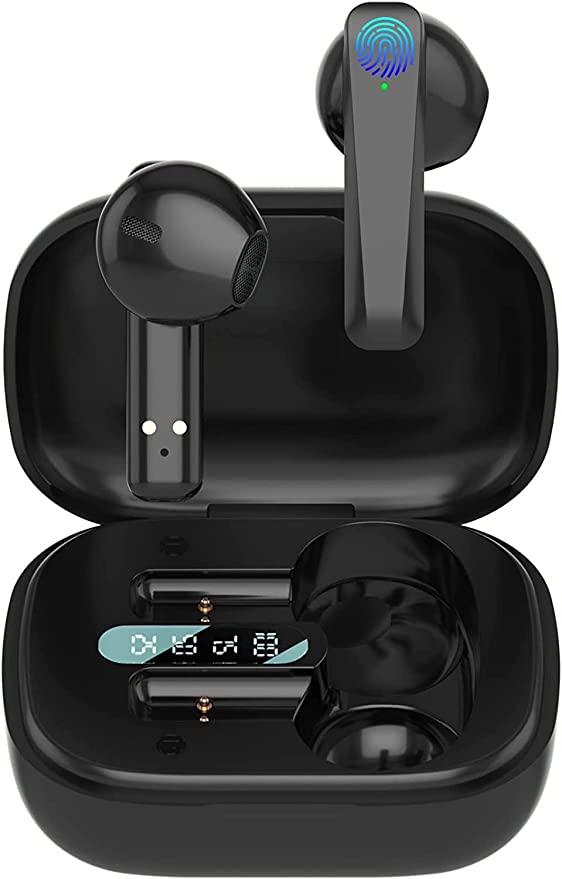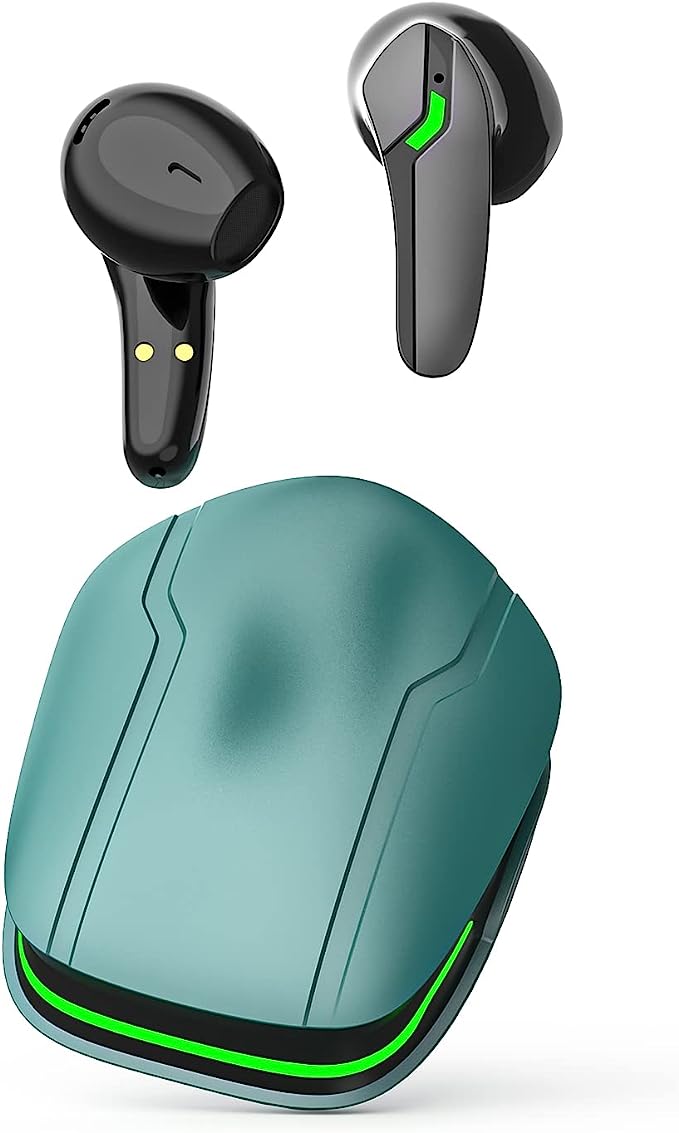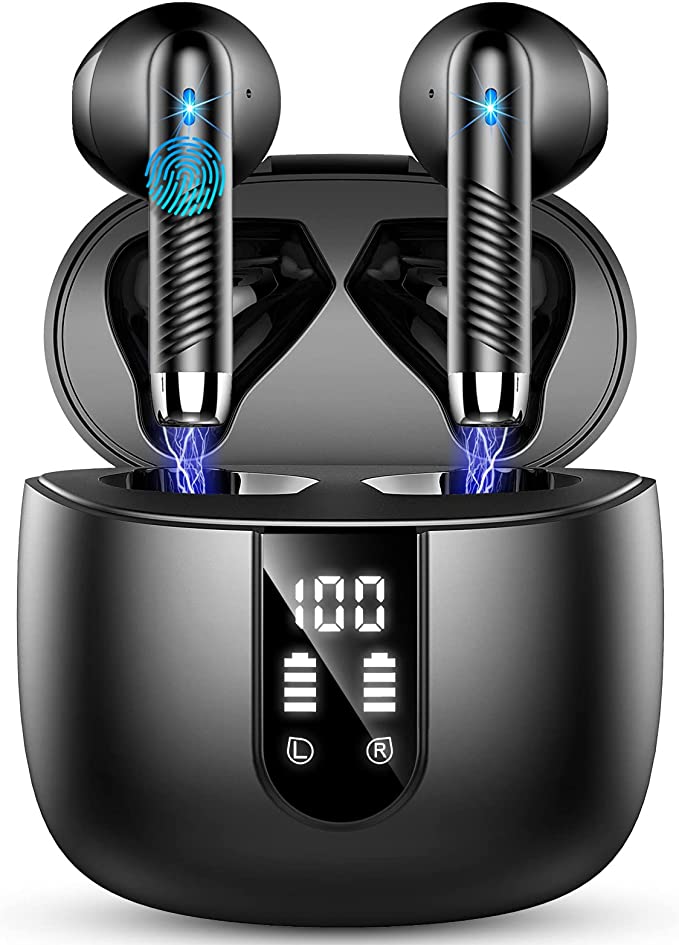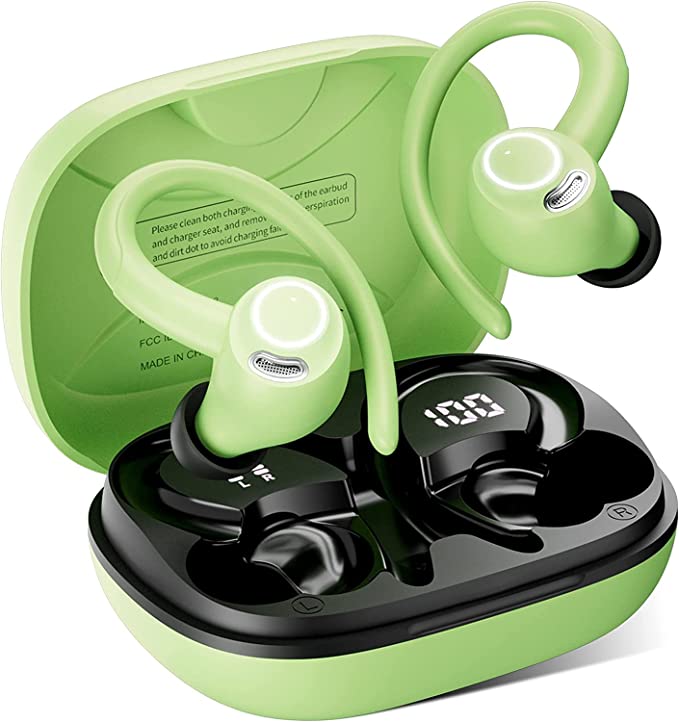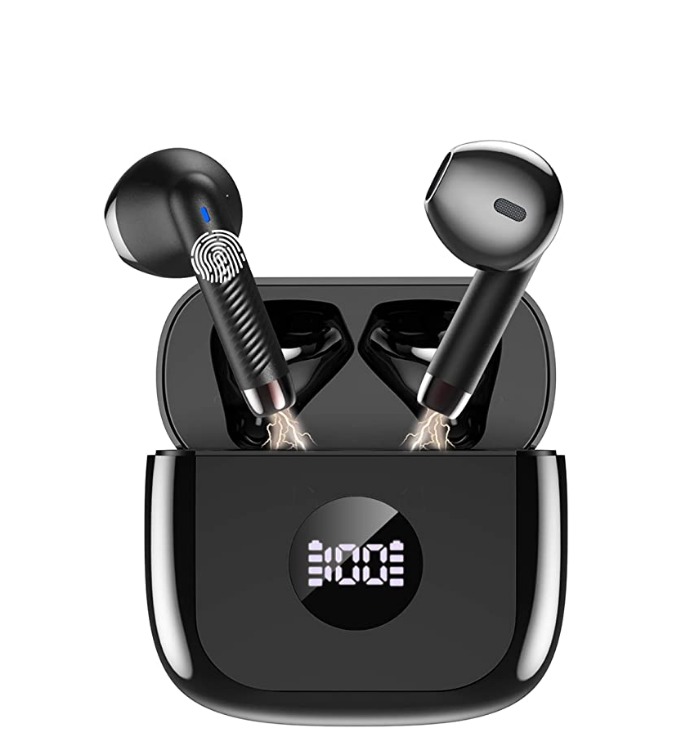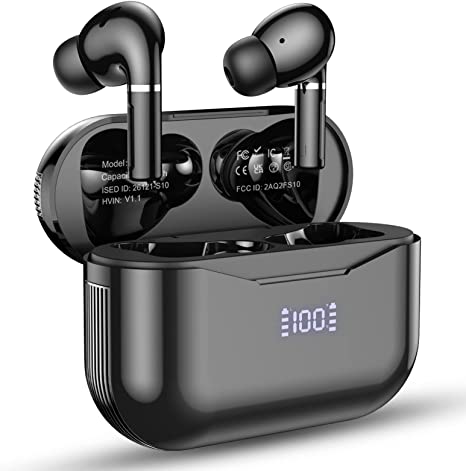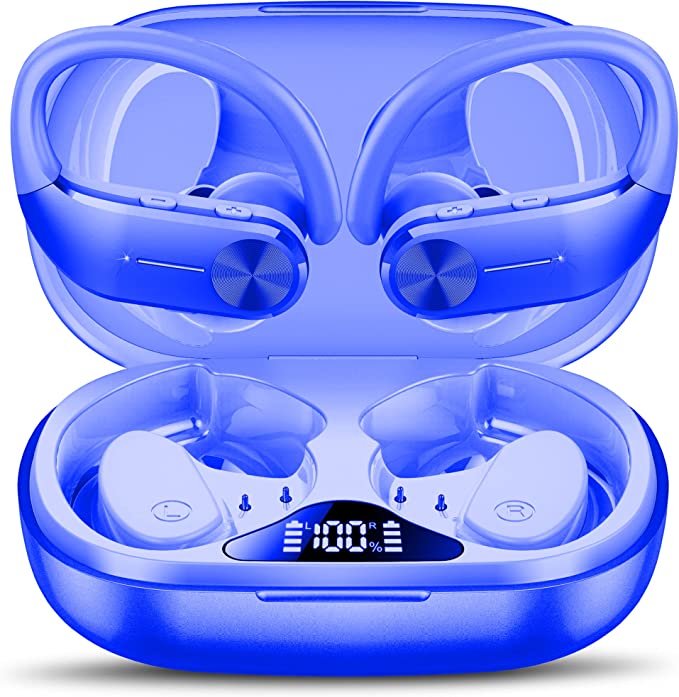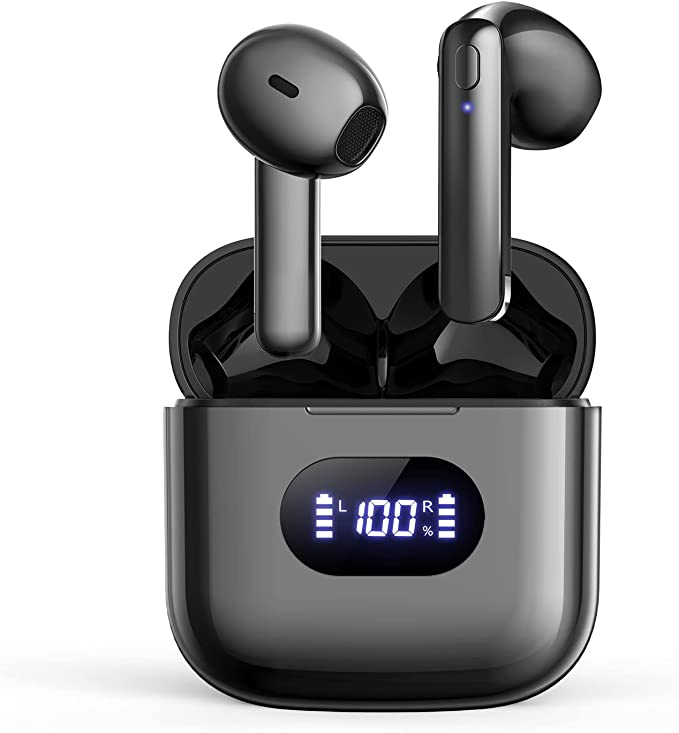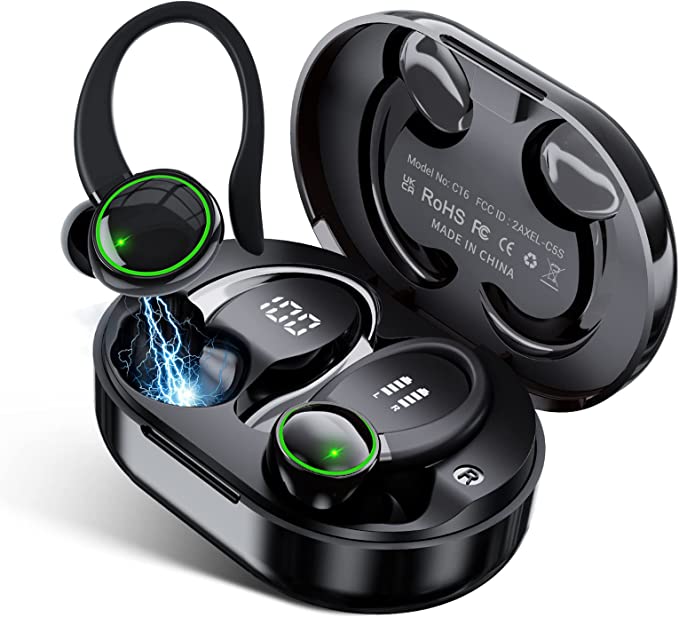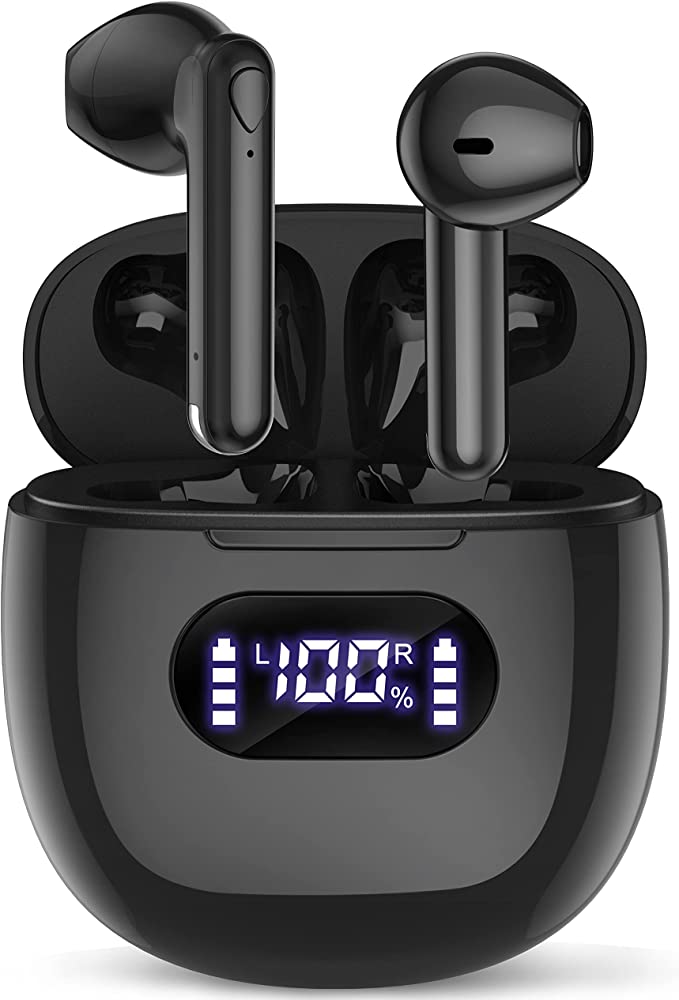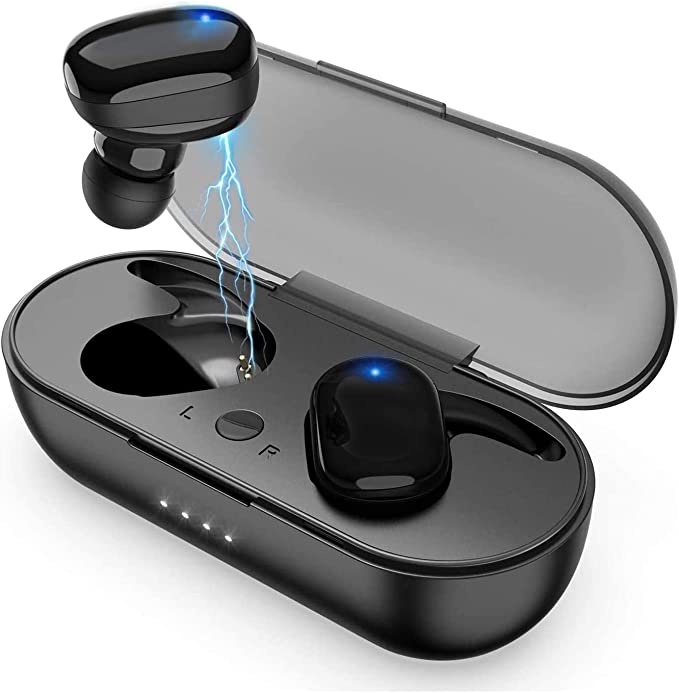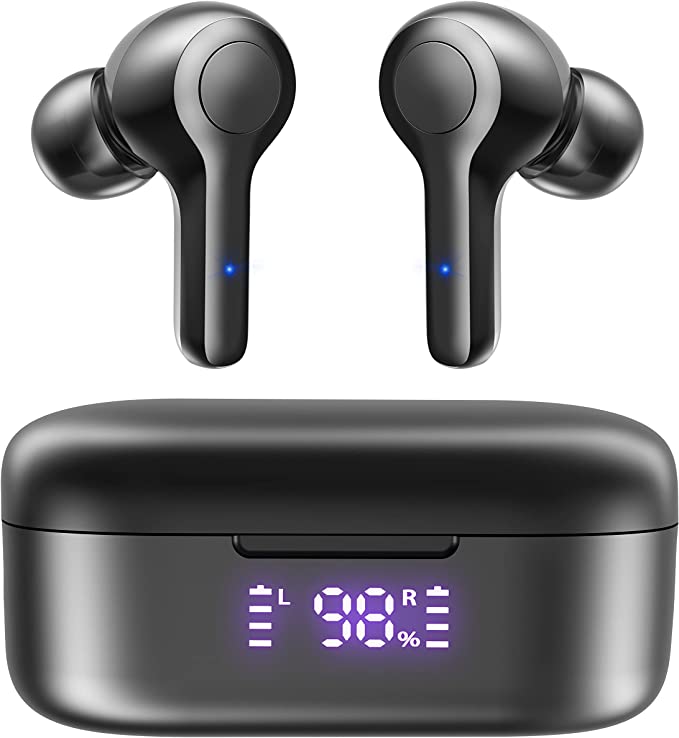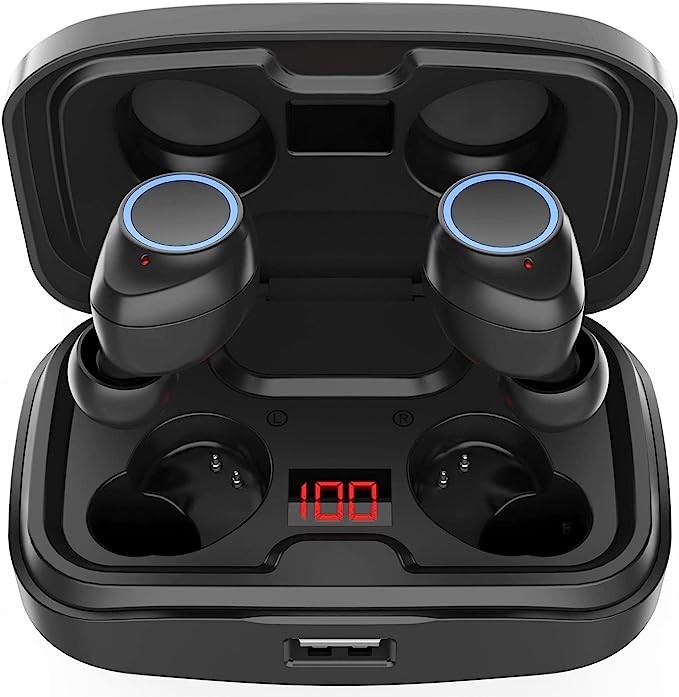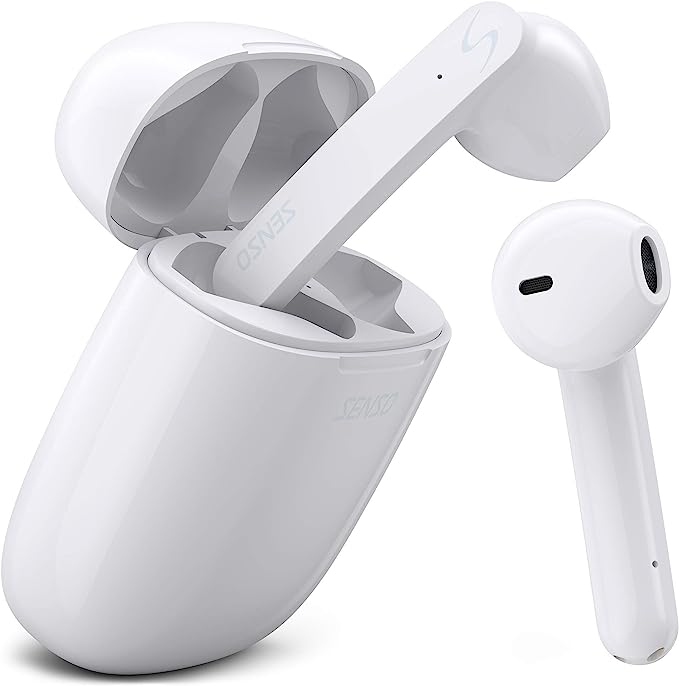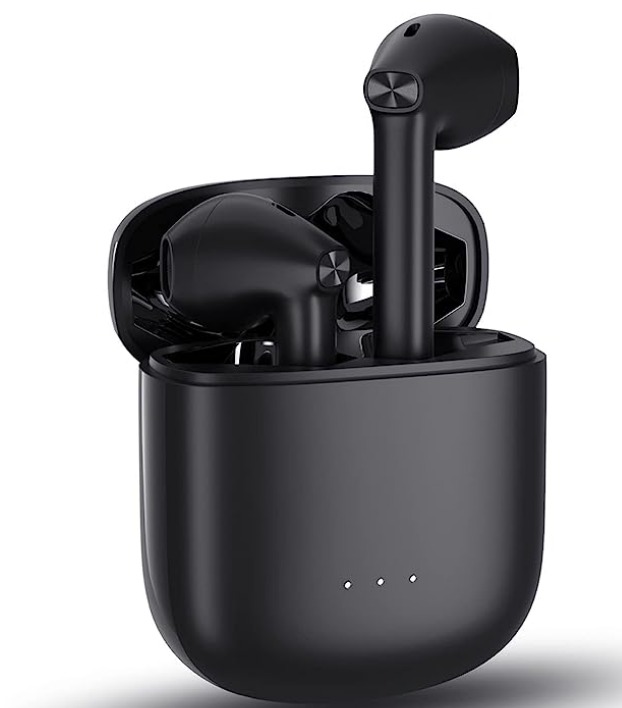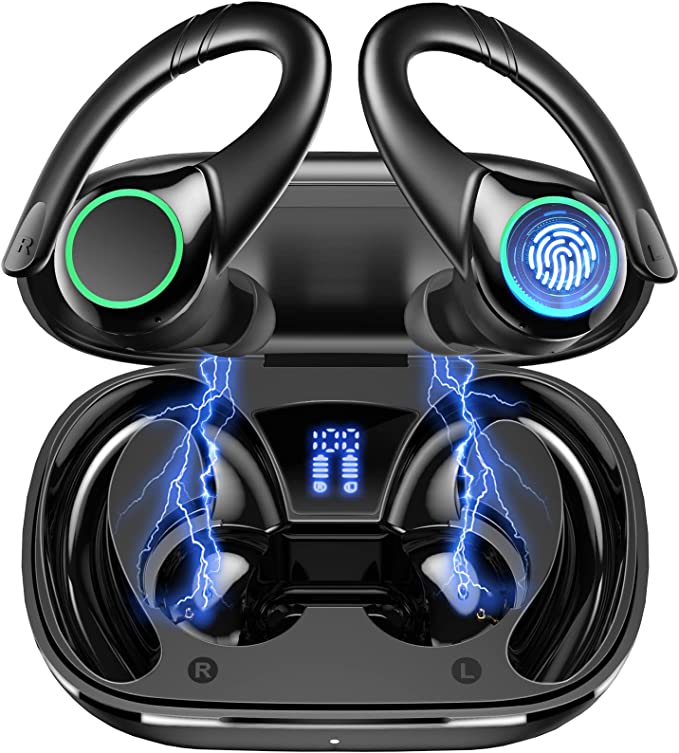CSL-Computer Rro12 True Wireless Earbuds: A Pocket-Friendly Bluetooth Earbud
Update on July 2, 2025, 5:07 p.m.
It’s a familiar scene in the modern marketplace. You’re scrolling through the endless digital shelf of a site like Amazon, searching for a simple pair of wireless earbuds. Your screen floods with options, all from unfamiliar brands, all shouting a similar, seductive chorus of high-end features for an impossibly low price. Bluetooth 5.3! IPX7 Waterproof! Professional Stereo Sound! It’s a siren’s song for the budget-conscious consumer.
Take, for instance, our specimen for today’s investigation: the CSL-Computer Rro12 Wireless Earbuds. On paper, its resume is impeccable, a checklist of technologies you’d expect from far more expensive counterparts. But as patient reports—in the form of customer reviews—begin to trickle in, a different story emerges. A story of static, glitchy connections, and a battery that gives up the ghost far sooner than promised.
This discrepancy isn’t a simple case of false advertising. It’s a fascinating glimpse into the world of engineering compromise and the hidden truths behind the numbers on a spec sheet. So, let’s scrub in. It’s time to perform an autopsy, to dissect this specimen and understand why, in the world of budget tech, what you see isn’t always what you get.

The Ghost in the Machine: Dissecting the Bluetooth Connection
Our first incision targets the nervous system of the earbuds: the Bluetooth connection. The Rro12 boasts Bluetooth 5.3, the latest in a long line of a technology with a surprisingly noble heritage. The name “Bluetooth” itself honors Harald “Bluetooth” Gormsson, a 10th-century Viking king famed for uniting the disparate tribes of Denmark and Norway. In the same spirit, the tech’s creators at Ericsson envisioned a single wireless standard to unite a world of different devices.
Theoretically, version 5.3 is a masterful unifier. It’s designed to be more efficient, using less power and maintaining more stable connections than its predecessors. Think of it as a highly disciplined courier, delivering packets of audio data flawlessly while conserving energy. So why do users—our eyewitnesses—report a “sketchy, very glitchy” connection?
The diagnosis lies not in the communication protocol itself, but in its physical implementation. Having Bluetooth 5.3 is like having the blueprints for a Formula 1 engine. But if you build that engine with subpar materials and place it in a car with cheap tires and a poorly designed chassis, you won’t be winning any races. The performance of a wireless connection depends critically on the quality of the internal antenna, the processing power of the Bluetooth chipset, and the elegance of the device’s software. In budget electronics, these are often the first places where costs are cut, leading to a “nervous system” that, despite its advanced design, is prone to inexplicable spasms.

Skin Deep? Unpacking the Promise of an IPX7 Rating
Next, we examine the outer shell, the earbuds’ defense against a hostile world. The claim is IPX7 Waterproof, a designation that sounds impressive and, in this case, actually is. This rating comes from a rigorous international standard, IEC 60529. To earn its ‘7’, a device must survive being fully submerged in 1 meter of fresh water for a full 30 minutes. Imagine a lab technician, clipboard in hand, carefully lowering the earbuds into a tank and starting a stopwatch. It’s a pass-fail test with no room for ambiguity.
This means the Rro12’s “skin” is genuinely tough. It can handle your sweatiest gym sessions, a sudden downpour on your run, or even an unfortunate, clumsy drop into a sink. It’s a testament to how far manufacturing has come that such robust protection is available at this price point.
However, our autopsy must include a physician’s note of caution. The ‘X’ in IPX7 means the device has no certified protection against solids like dust or sand. More importantly, this resilient skin doesn’t extend to the product’s life-support system—the charging case. Exposing the case to water is a sure way to send the entire system to the morgue.

The Heart of the Matter: The Journey of Sound
At the core of our specimen lies its entire purpose for being: the creation of sound. This is a two-part system, and understanding it is key to our diagnosis. Let’s imagine the process as a musician performing a song.
First, you need the sheet music. In the world of wireless audio, this is the codec. The Rro12 claims to use aptX, a technology from Qualcomm. Think of the standard, universal codec (known as SBC) as basic, simplified sheet music. It gets the tune across, but some nuance is lost. aptX, by contrast, is like a pristine, high-fidelity orchestral score. It contains far more data, promising a richer, more detailed performance.
But the world’s best sheet music is useless in the hands of a musician with a poor instrument. This brings us to the second part: the drivers. These are the tiny speakers inside the earbuds, the physical components that vibrate to turn electrical signals into the sound waves you hear. They are the musician’s voice. If the singer has a limited vocal range and poor control, the beautiful complexity of the orchestral score will be lost, resulting in a performance that is, at best, “decent.”
Herein lies the diagnosis for our users’ mixed audio reviews. The reported “static” could be a transmission error—a crumpled page of sheet music arriving from a glitchy Bluetooth connection. The generally uninspired sound quality, however, likely points to the drivers themselves. To afford the license for a premium codec like aptX, savings must be found elsewhere. Often, that saving is in the quality of the physical drivers. This is the “weakest link” principle, the fundamental law of budget engineering: the final quality is dictated not by the best component, but by the worst.

The Autopsy Report: A Case of Engineering Compromise
After a thorough examination, we can close our report. The CSL-Computer Rro12 is not a defective or fraudulent product. It is something far more common and instructive: it is a masterpiece of engineering compromise.
The final diagnosis is clear. The manufacturer made a conscious decision to invest in a robust outer shell (IPX7) and a licensed, high-quality audio blueprint (aptX), likely because these are easily marketable features. To balance the budget, concessions were made in areas that are invisible to the consumer on a product page: the quality of the antenna, the power of the chipset, and the fidelity of the audio drivers.
The lesson from this autopsy extends far beyond this single pair of earbuds. It provides a mental toolkit for navigating the crowded landscape of budget technology. When you see a device that seems too good to be true, don’t just read the spec sheet. Learn to read between the lines. Ask yourself not just “What great features does this have?” but the more insightful question: “To afford these features, where might the silent compromises have been made?” In doing so, you move from being a mere consumer to an informed critic, and that is the best feature of all.
